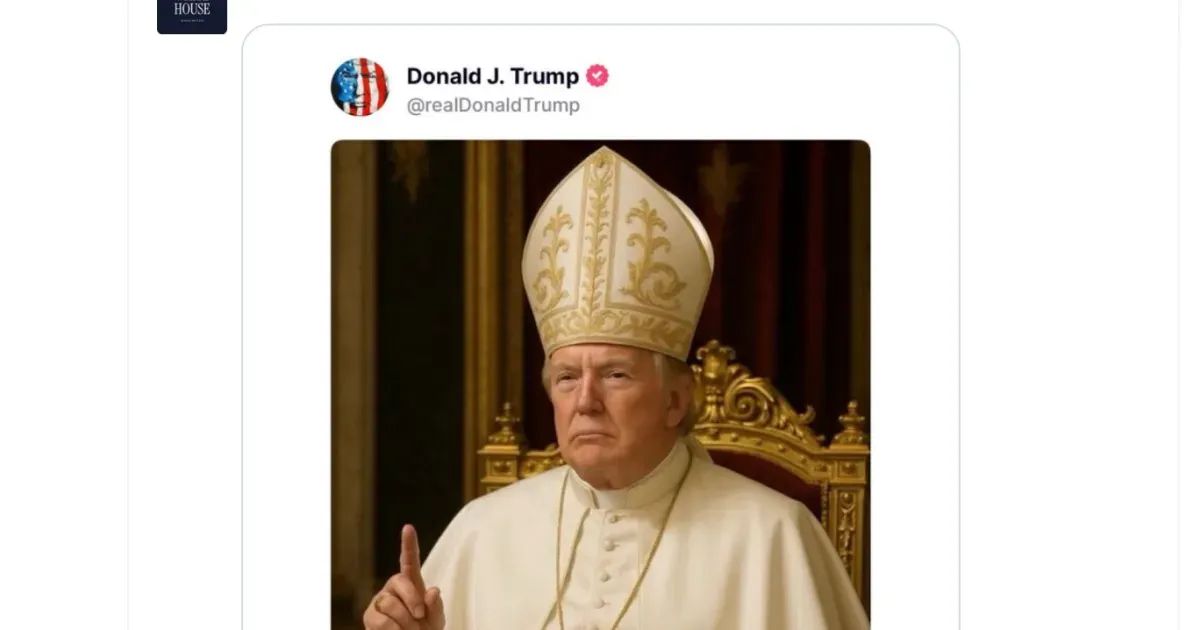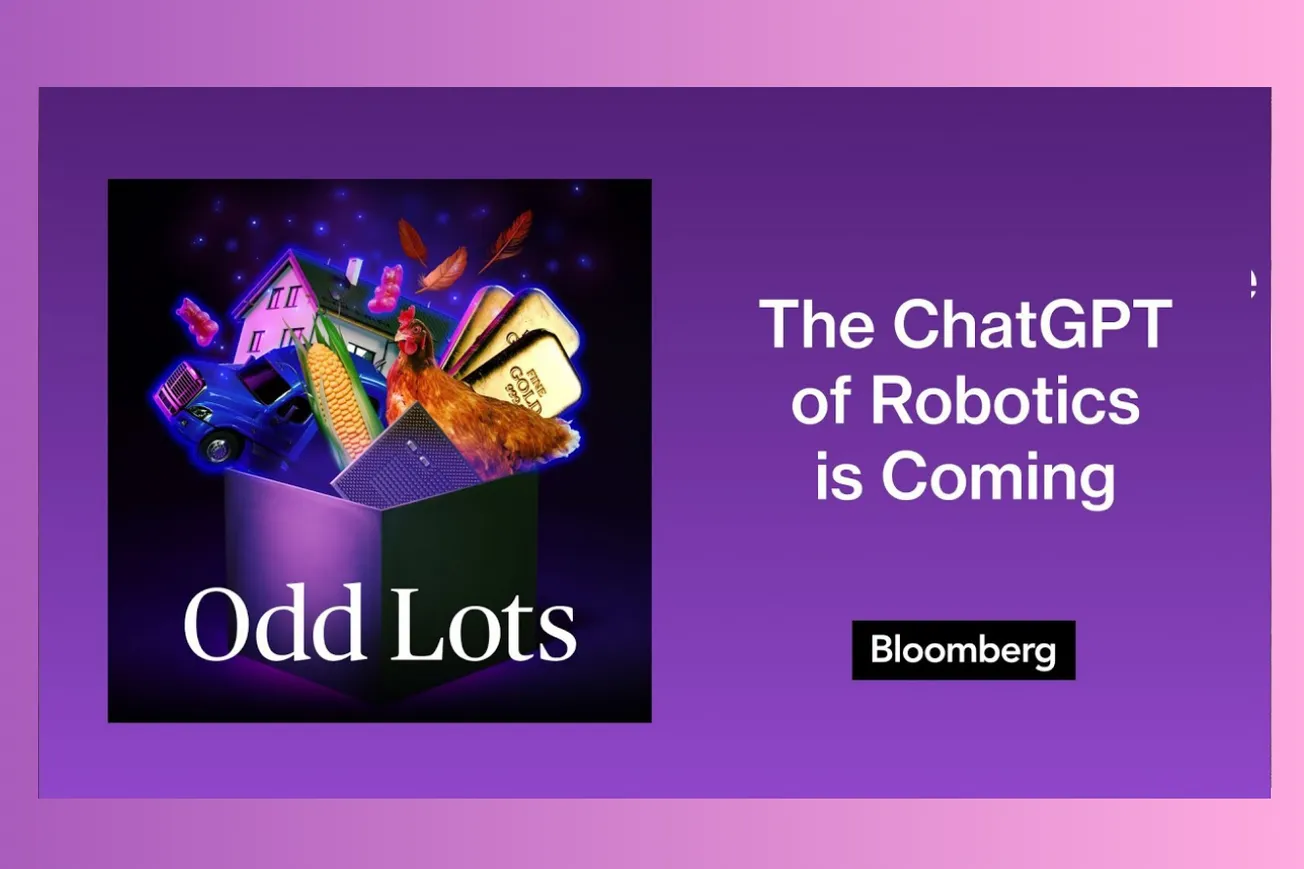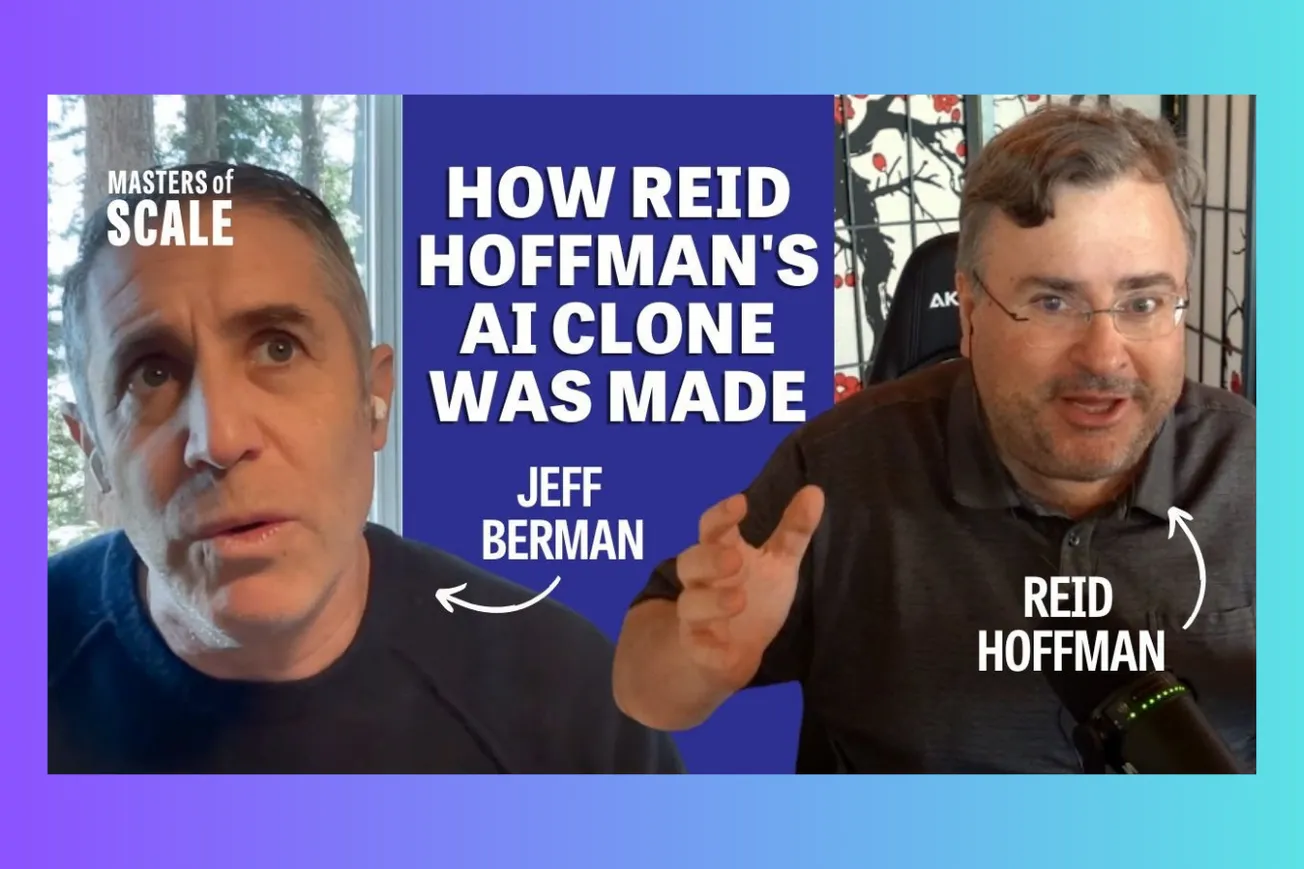Table of Contents
President Trump ignited controversy by posting an AI-generated image of himself as pope during the sensitive period following Pope Francis' death, drawing sharp criticism from Catholic leaders who called the timing disrespectful and offensive.
Key Takeaways
- Trump posted an AI-generated image depicting himself as pope on social media during the mourning period for Pope Francis and ahead of the conclave.
- Bishop Thomas Paprocki of Springfield called the image "deeply offensive" and stated that Trump "owes an apology" to Catholics.
- Cardinal Timothy Dolan, despite his friendly relationship with Trump, acknowledged the post "wasn't good" when questioned in Rome.
- The controversial image appeared on both Trump's Truth Social account and the official White House social media.
- Catholic organizations including the New York State Catholic Conference publicly condemned the post as inappropriate.
- Some Trump supporters defended the image as merely humorous, referencing Trump's joke about wanting to be pope.
- The controversy erupted during a particularly sensitive time for Catholics worldwide as they prepare for the selection of a new pontiff.
Timing Amplifies Catholic Outrage
President Trump sparked widespread condemnation after sharing an AI-generated image of himself dressed as the pope on social media platforms. The timing couldn't have been more sensitive-just days after Pope Francis' death and as cardinals prepared to gather for the conclave to elect his successor. The New York State Catholic Conference quickly expressed their disapproval, posting on X (formerly Twitter) that there was "nothing clever or funny about" the image during this solemn period of mourning in the Catholic Church.
The controversy intensified when the image appeared not only on Trump's Truth Social account but also on the official White House social media channels, raising questions about the appropriateness of such content from the highest levels of government during a time of religious significance for millions of Catholics worldwide.
Bishop Paprocki's Strong Rebuke
Among the most forceful responses came from Bishop Thomas J. Paprocki of Springfield, Illinois, who didn't mince words in his condemnation of the president's post. Paprocki called the AI-generated image "deeply offensive to Catholics especially during this sacred time that we are still mourning the death of Pope Francis and praying for the guidance of the Holy Spirit for the election of our new Pope."
The bishop went further, stating that Trump "owes an apology" and adding that "God is not mocked. By publishing a picture of himself masquerading as the Pope, President Trump mocks God, the Catholic Church, and the Papacy." Paprocki's strong statement reflected the heightened sensitivity among Catholic leaders, who viewed the post as disrespectful to both the Church's traditions and the gravity of the papal transition.
Cardinal Dolan's Measured Response
Cardinal Timothy Dolan, the archbishop of New York who has maintained a friendly relationship with Trump, offered a more measured but still disapproving response when questioned by reporters in Rome. Currently in Vatican City as one of over 100 cardinals gathering to elect a new pope, Dolan stated that the image "wasn't good" and added that he hoped Trump "had nothing to do with" its creation.
When directly asked if he found the image offensive, Dolan, whom Trump has previously suggested he supports for the papacy, simply reiterated that "it wasn't good." His comments reflected the discomfort felt by many Catholic leaders regarding both the timing and nature of Trump's post, especially given Dolan's position as both a cardinal and someone who has previously maintained cordial relations with the president.
International and Social Media Reaction
The controversy quickly spread beyond American borders, with Italian Catholics and the broader online community voicing their dismay. Social media platforms lit up with accusations of insensitivity, with many users calling the image "completely disrespectful" given the Church's mourning period and the imminent papal conclave.
The viral post also sparked a wave of satire and memes, but for many Catholics, the timing and symbolism crossed a line, fueling international criticism and intensifying the controversy just as cardinals prepared to gather in Vatican City. The image's spread highlighted the growing challenge of AI-generated content and its potential to create diplomatic and religious tensions when deployed by political figures.
Defenders Claim Humor, Not Heresy
Not everyone viewed the AI pope image as scandalous. Some supporters and conservative Catholic voices shrugged off the outrage, insisting the post was meant as humor rather than disrespect. Joshua Mercer of CatholicVote argued it was "obviously intended to be humorous," referencing Trump's own joke about wanting to be pope.
Others pointed to the timing-Trump had just attended Pope Francis' funeral and made lighthearted remarks about the papal succession-as proof that the meme was a tongue-in-cheek riff, not a calculated insult. These defenders suggested that critics were overreacting to what was intended as a harmless joke, though this view remained in the minority among Catholic leadership.
The controversy highlights the growing tensions between political communication in the social media age and traditional religious sensibilities, particularly during moments of significant transition in major faith traditions.
As the Catholic Church continues its solemn process of selecting a new pope, the incident serves as a reminder of the complex intersection of politics, religion, and digital media in contemporary society.








